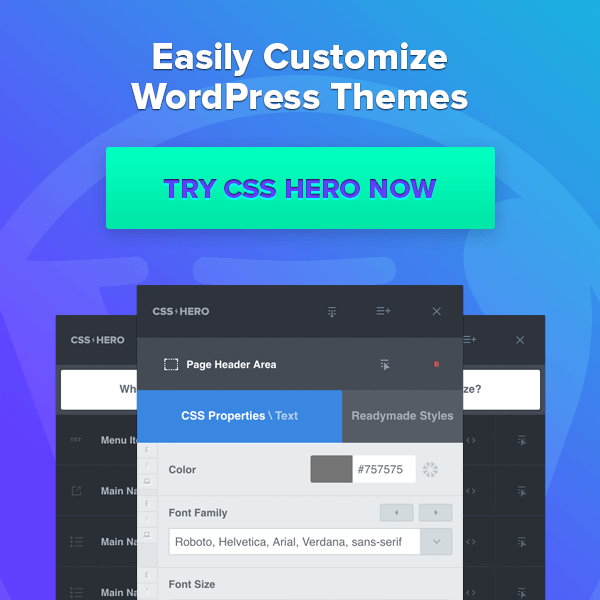Looking Forward to 2020 Blog Trends
Whether it’s for professional or personal development or just plain fun, we all have a certain blog that we read on a regular basis.
With the new year behind us and with nearly 77% of internet users reading blogs regularly, it may be time to either look at your brand’s marketing content strategy or introduce one with a high priority on blog content.
Format – Long vs Short
In 2020, long format will be favored. Previously, the blog count of 1,000-words was considered to be optimal to engage with the online user and then convey the intended message without losing interest. However, as audiences are growing more towards being highly educated and involved with their brands, the long format of a prime 2,000-3,000-word blog is what drives the most traffic to sites. This is very surprising, considering the average attention span marketers work with is 7-seconds or less!
This increase can be contributed to the highly-engaged audience that yearn for information packed pieces and answers to specific questions. Long-format pieces will also keep the user on your page for a longer time, increasing engagement and purchases.
Google also has a specific ranking for longer blog pieces, in which they are favored. This means, that the longer word count posts will show up first in the results. Moving forward, shorter posts will be shuffled down the search results.
There are challenges when it comes to longer pieces. You don’t want to become repetitive in your posts and irrelevant, when 3,000+ words can be daunting when sitting down to write your article, which is where a short-form post may work best as short-form is not ruled out. But, by taking the time to do the research, build your outline to create value in your article, will be extremely beneficial to grow your brands subscribers, traffic, and increase awareness and engagement.
Content Development
With longer posts means more time will be needed from your writers and marketing team in developing the content.
According to Orbit Media, the average time spent writing ONE article is 3 hours and 57 minutes. However, Orbit Media also conducted a survey of bloggers who said that 56% of bloggers who spent over six hours on writing one post received better results.
Taking the time to research not only information on the topic to be written about, but also on who the audience of the post is and how that message should be conveyed to them, will help guide how long your post will be and how long it should take you to write. Different sizes of businesses will have varying length of time that it takes to complete an article – using standardized times will only limit the capabilities of producing a well-crafted article.
Frequency in Posting
The more you post, the higher your brands visibility becomes. Taking in to account your company’s capacity for how often you are posting is very crucial. However, if you are able to create a complete content calendar and adhere to it, you will be able to produce content that is current and engaging to your audience on a regular basis.
By posting regularly, your company can become the source of information your users want and can put you ahead of your competitors.
With an increase in posting, use this opportunity in developing your content calendar to mix the short and long-form posts that stick to the overall strategy behind the calendar and goals for the year.
Interactive and Video Blogs
The demand for video marketing content is extraordinary! As previously mentioned with shorter attention spans in all online users, involving the use of videos in your blogs and content marketing strategy is crucial to success.
Not only do 54% of users want to see more videos, but 88% of users spend more time on a website with a video. If you utilize video and other interactive tools within your blog, you can increase web traffic and brand awareness simultaneously.
Also, by including interactive content (such as calculators, quizzes, surveys, etc.) you also open the door for higher rates of engagement and conversions. A great use of interactive content is infographics. Infographics are able to take a great amount of information and create an engaging visual for the user to follow and digest.
Mobile Optimization
Without taking in to account the mobile view of your blog (or any web content for that matter), it will be detrimental to your brand’s success. The consumer mobile use is so prevalent in today’s market, that a company that does not work to integrate that in to their systems will see the consequence of failing to implement.
Having your blog page and interactive content adjusted for mobile view will allow users to easily read and interact with the page as they scroll and touch their screens for any interactive content placed on the page. Incorporating plenty of white space is important for the mobile-responsive blog post design so the writing the user can view the content on a smaller screen.
Market Your Blog
This is not necessarily a trend, but a note that is worth mentioning. In order to increase traffic and subscribers of your blog, you must create a following and how you do so is by marketing your content. Social posts (paid and organic), digital paid ads, and SEO are just some of the tactics that you can use to increase engagement and subscriptions to your brand’s blog and overall page.
Conclusion
Blogs are a great tool to use to educate and engage with your brand followers. They crave more information and can look to your company to become the expert in that specific category.
Partner with Colleen Eakins Design to develop the strategy, content and design for how to have your blog reach the right audiences.






